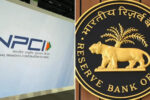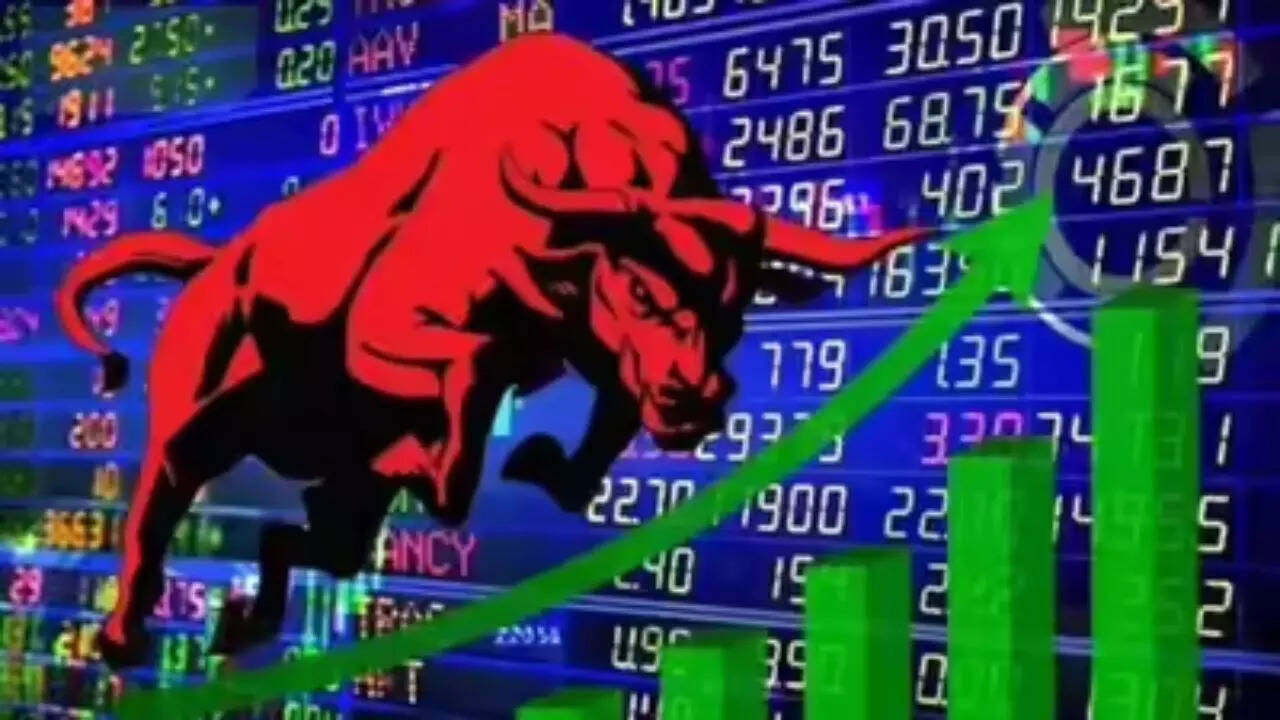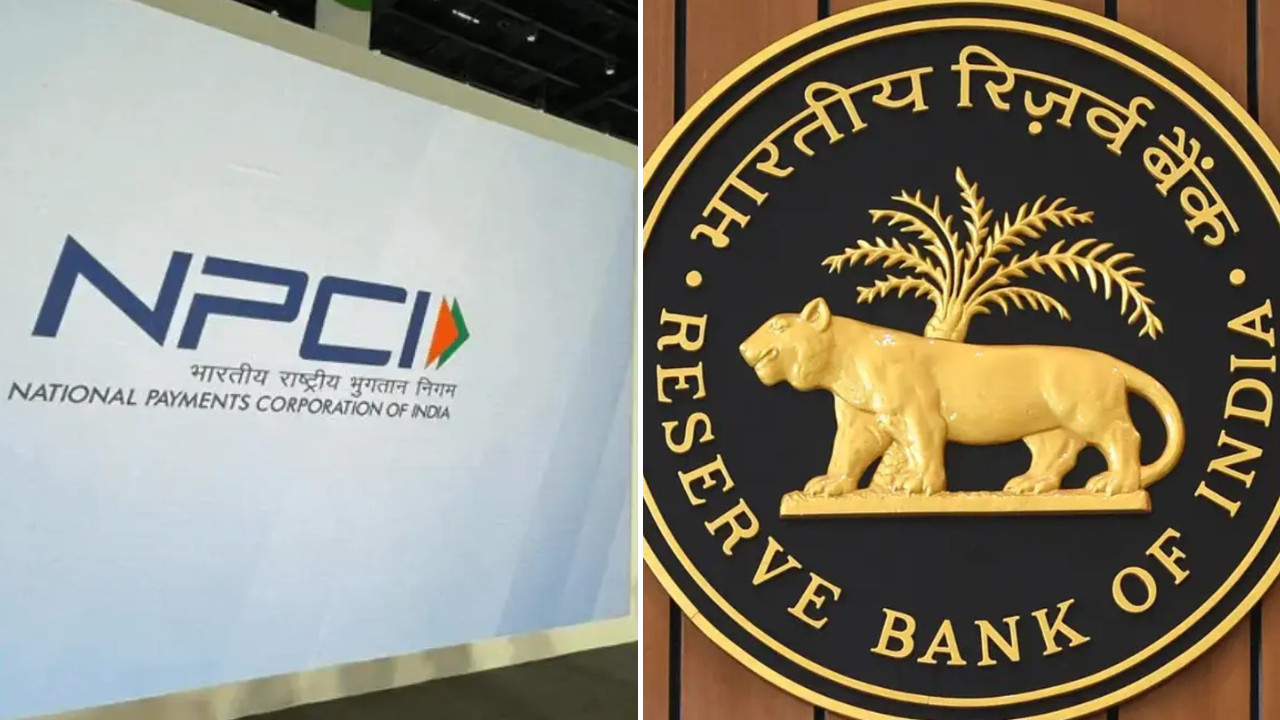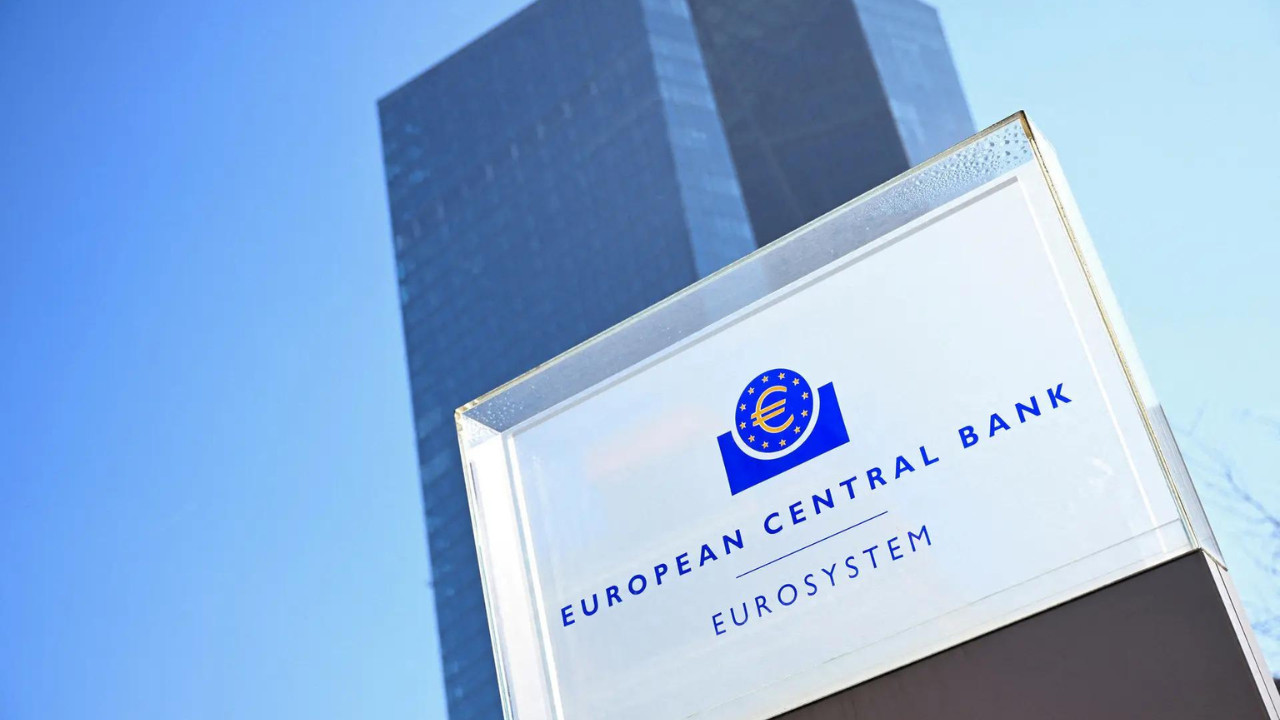Sensex and Nifty hit record highs on Thursday, driven by Wall Street’s rally, US and Indian rate cut hopes, and strong domestic fund buying. Despite touching intraday peaks, profit-taking led to a modest closing gain for both indices. The rally was primarily led by large-cap stocks, with domestic funds playing a crucial role.
The Market’s Euphoric Climb: Sensex Soars to New Heights
The air crackled with energy today as the Bombay Stock Exchange (BSE) Sensex breached the 86,000 mark, achieving a new peak unseen in over a year. It’s a moment that has investors buzzing, analysts crunching numbers, and everyday citizens wondering just what this all means for their wallets. Forget the doom and gloom that permeated headlines not so long ago; the mood has decisively shifted to one of cautious optimism, fueled by a confluence of factors that are rewriting the Indian market’s narrative.
This isn’t just about numbers flashing on a screen. This record-breaking surge of the Sensex reflects a broader story of economic resilience, burgeoning investor confidence, and a positive outlook for the future of Indian businesses. The rally underscores the growing faith in the country’s economic trajectory, its strong fundamentals, and the government’s ongoing efforts to foster a business-friendly environment.
Decoding the Drivers Behind the Rally
So, what’s behind this impressive bull run? Several key elements are at play. First and foremost, robust corporate earnings have painted a positive picture for investors. Many companies across diverse sectors have reported strong financial results, exceeding market expectations and driving up stock prices. This profitability paints a picture of overall economic health and stability.

Moreover, increased foreign institutional investor (FII) participation has been a significant catalyst. After periods of net selling, foreign investors are once again pumping capital into the Indian market, drawn by the country’s growth potential and attractive valuations. Their renewed interest provides a significant boost to market liquidity and sentiment.
Domestically, retail investors are also playing a crucial role. With increasing financial literacy and access to investment platforms, more and more individuals are actively participating in the stock market. Their participation broadens the market’s base and contributes to its overall dynamism. This empowerment of the individual investor is a key aspect of the market’s transformation.
Furthermore, positive global cues have also contributed to the rally. The easing of inflationary pressures in major economies and the anticipation of interest rate cuts by central banks have boosted global market sentiment, indirectly benefiting the Indian market. The interconnectedness of global finance means that positive ripples elsewhere translate into waves here.
Navigating the Path Ahead: Is the Momentum Sustainable?
While the Sensex reaching 86,000 is undoubtedly a cause for celebration, it’s essential to approach the future with a balanced perspective. Can this upward momentum sustain itself? The answer, as always, lies in a delicate interplay of factors.
Continued strong corporate earnings remain crucial. Companies need to consistently deliver positive results to justify the current valuations and maintain investor confidence. Any significant earnings disappointments could trigger a market correction. Also, the trajectory of global economic growth will heavily influence market direction. A global recession could dampen investor sentiment and negatively impact the Indian market.
Geopolitical stability is another key factor to consider. Unexpected events or escalating tensions could disrupt global markets and impact investor confidence. It is prudent to monitor these developments and adjust investment strategies accordingly.
Inflationary pressures and interest rate movements will also play a significant role. While inflation has eased somewhat, it remains a concern. Central banks’ decisions on interest rates will continue to influence market liquidity and borrowing costs. If inflation proves more persistent than anticipated, it could lead to tighter monetary policies and potentially impact market valuations.
The Ripple Effect: What Does This Mean for You?
The stock market’s performance has far-reaching implications, extending beyond the realm of investors and traders. A strong market can boost overall economic sentiment, encouraging consumer spending and business investment. This, in turn, can lead to job creation and economic growth.
For those with investments in the stock market, the Sensex’s surge is undeniably positive news. It can lead to increased portfolio values and higher returns. However, it’s essential to remember that markets are inherently volatile, and corrections are inevitable. A well-diversified investment portfolio and a long-term investment horizon are crucial for navigating market fluctuations. Consider your risk tolerance and long-term goals before making any significant investment decisions.
The Sensex’s upward trajectory also highlights the importance of financial literacy and planning. Understanding how the stock market works and how it impacts your financial well-being is essential for making informed decisions. Take the time to educate yourself about investment options, risk management, and long-term financial planning. Consider seeking advice from a qualified financial advisor. To delve deeper into investment strategies, check out our piece on [diversifying your portfolio for long-term growth](internal-link-to-portfolio-diversification-article).
Ultimately, the Sensex hitting a new high is a testament to the resilience and potential of the Indian economy. While challenges remain, the positive momentum reflects growing confidence in the country’s future. It’s a reminder of the importance of staying informed, making informed investment decisions, and maintaining a long-term perspective.






